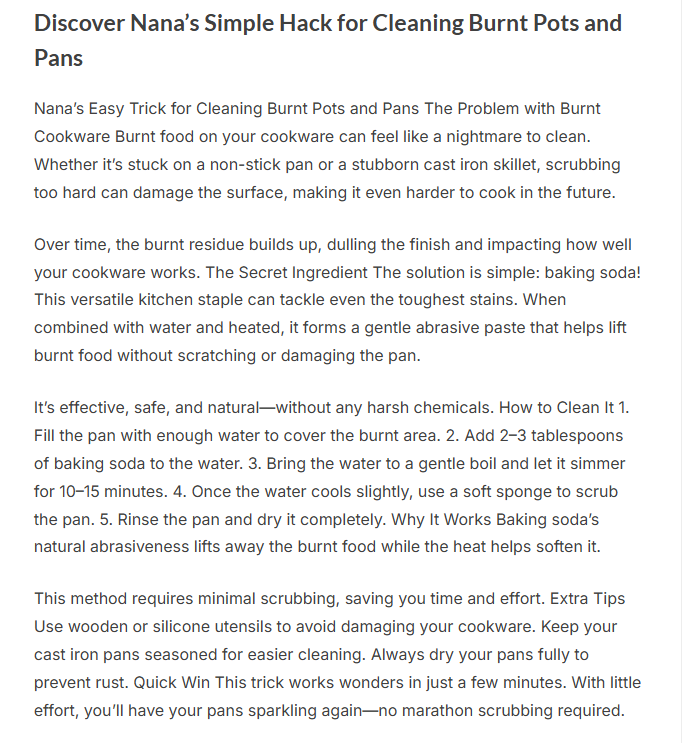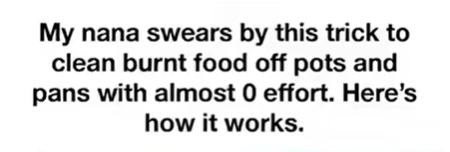In today’s fast-paced work environment, maintaining focus and high productivity can be challenging. With constant notifications, back-to-back meetings, and a never-ending to-do list, it’s easy to feel overwhelmed or mentally exhausted. One surprisingly effective strategy to combat this and boost performance is taking micro-breaks throughout the workday.

What Are Micro-Breaks?
Micro-breaks are short pauses—typically lasting from 30 seconds to a few minutes—taken regularly during work hours. Unlike longer breaks such as lunch or coffee breaks, micro-breaks are brief and more frequent, designed to give your brain and body a quick reset. These tiny pockets of downtime can involve simple actions like stretching, standing up, deep breathing, or just looking away from your screen.
The Science Behind Micro-Breaks and Focus
Our brains aren’t wired for extended periods of continuous concentration. Cognitive scientists explain that the brain’s ability to focus diminishes after a certain point, usually around 90 to 120 minutes of sustained work. During prolonged focus, mental fatigue sets in, leading to decreased accuracy, slower reaction times, and even errors.
Micro-breaks serve as a mental reset button. When you step away momentarily, even for a minute or two, your brain can recharge. This helps restore attention, reduce mental fatigue, and maintain a higher level of alertness. It’s much like recharging your phone before the battery gets too low.
Physical Benefits of Micro-Breaks
Besides cognitive refreshment, micro-breaks provide essential physical benefits. Sitting for long stretches is linked to various health problems, including back pain, eye strain, and repetitive stress injuries such as carpal tunnel syndrome. Taking short breaks to stand, stretch, or walk around encourages better blood flow, reduces muscle tension, and minimizes the risk of these issues.
Moreover, simple stretches and movements during micro-breaks can improve posture and decrease the likelihood of developing chronic pain caused by poor ergonomics.
How Micro-Breaks Boost Productivity
You might wonder, “Does stepping away from work for a few minutes really increase productivity?” The answer is a resounding yes.
- Improved Concentration: By periodically giving your brain a rest, you can return to tasks with renewed focus, allowing for deeper concentration and better problem-solving.
- Enhanced Creativity: Taking breaks helps disengage the brain from a rigid train of thought, encouraging fresh perspectives and creative ideas when you return to work.
- Reduced Stress: Micro-breaks, especially those involving mindfulness or breathing exercises, can lower stress levels and prevent burnout, contributing to a healthier work mindset.
- Fewer Mistakes: Mental fatigue often leads to careless mistakes. Short breaks help maintain mental clarity, reducing errors and the need for rework.
- Increased Energy: Even small moments of movement or relaxation can increase overall energy levels, making it easier to power through the day.
Practical Ways to Incorporate Micro-Breaks Into Your Day
Integrating micro-breaks into your routine doesn’t have to be complicated or disruptive. Here are some simple techniques:
- The 20-20-20 Rule: Every 20 minutes, look away from your screen at something 20 feet away for at least 20 seconds. This helps reduce eye strain.
- Stretch and Move: Stand up and stretch your arms, legs, neck, and back. Even a brief walk around your workspace can invigorate you.
- Deep Breathing: Take a few deep breaths to increase oxygen flow and promote relaxation.
- Mindfulness Moments: Close your eyes and focus on your breathing or ambient sounds for a minute or two to calm your mind.
- Hydrate: Use break time to drink water, which supports brain function and overall health.
Using Technology to Support Micro-Breaks
Modern technology can actually assist in implementing micro-breaks. Apps and tools designed to remind you to take breaks are widely available. These can send gentle notifications or alarms encouraging you to pause, stretch, or do breathing exercises regularly. Setting these reminders helps develop the habit until it becomes a natural part of your workflow.
Micro-Breaks and Remote Work
With remote work becoming increasingly common, micro-breaks have taken on new importance. Working from home often blurs the line between work and rest, making it easy to either overwork or become distracted. Scheduled micro-breaks create structured pauses that keep remote workers energized and focused.
Overcoming Common Challenges
Some people worry that taking frequent breaks will make them less productive or cause them to lose momentum. However, it’s important to remember that these breaks are brief and purposefully designed to enhance your work quality.
If you find it hard to remember to take breaks, try incorporating them into your calendar or using habit-tracking tools. Communicating with your team about your break routine can also normalize micro-breaks, especially in office settings.
Conclusion
Incorporating micro-breaks into your daily routine is a simple yet powerful way to enhance focus and boost productivity. By taking brief, regular pauses, you allow your brain to recharge, reduce physical strain, and maintain high levels of energy throughout the workday. Whether you’re in a busy office or working remotely, making micro-breaks a habit can lead to better work performance and improved well-being.



